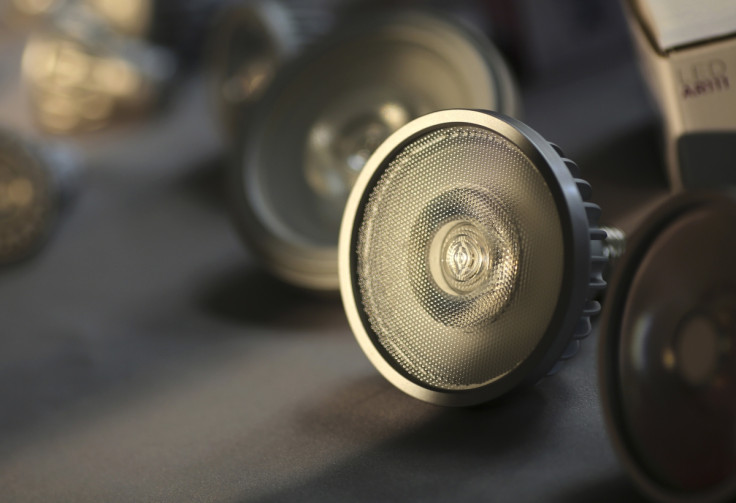Ultraviolet LEDs could be used to fight disease

The ultraviolet light-emitting diode (UV LED) could serve as great help in medical field as it has potential to eradicate infectious diseases such as Ebola.
"UV LED allows us to access clean, purified water, and this will be widely used to eliminate diseases such as Middle East Respiratory Syndrome (MERS) or Ebola," Nobel laureate Shuji Nakamura said at a press conference, the Korean Times reports.
Nakamura was awarded the 2014 Nobel Prize in Physics for inventing blue light-emitting diodes (LEDs), a new energy-efficient and environment friendly light source. Ultraviolet is a part of the light spectrum with a shorter wavelength than visible light. The ultraviolet light spectrum includes UVA, UVB and UVC. The UVA is responsible for skin tanning and is to treat skin disorder. The UVB causes sunburn whereas UVC has the lowest penetrating ability covered by the outer layer of skin which in turn throws very minimal effect. The UVC light can be used for purifying water and destroying harmful micro-organisms.
"UVC is the most promising area in the LED industry. We believe it will resolve growing concerns over water and food shortages," Nakamura said. He said technology based on this light spectrum would be used to develop preventive measures for deadly diseases. Citing the energy-efficiency of LED, the scientist said LEDs were 20 times more energy efficient than incandescent light and four times more than fluorescent light, and the LED technology could result in the closure of more than 50 nuclear power plants across the globe by 2020.
The use of ultraviolet ray for treating Ebola not new though. Recently, Xenex, a health care services developed a germ-zapping robot nicknamed "Saul" that uses the power of technology to kill off viruses including Ebola. Geri Genant, the Xenex Healthcare Services implementation manager, demonstrated the functions and capabilities of the robot to airmen at the hospital at the US Air Force's base at Langley in Virginia.
Genant said the robot used high-intensity pulses, high-energy ultraviolet rays 25,000 times brighter than florescent lights to split open bacterial cell walls and kill dangerous pathogens. "Xenex has tested its full spectrum disinfection system on 22 microorganisms, studying nearly 2,000 samples in several independent labs all over the world," she said.
© Copyright IBTimes 2025. All rights reserved.





















